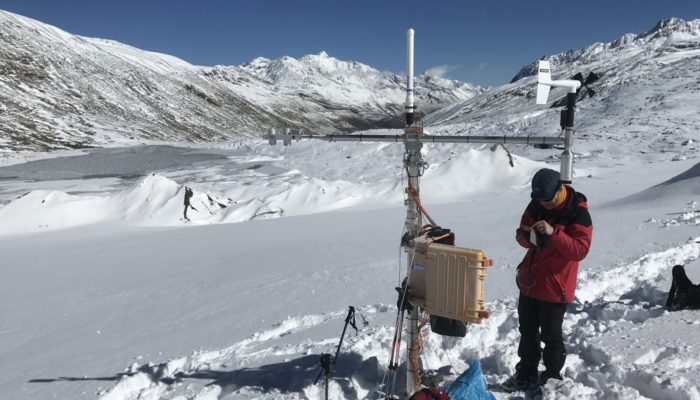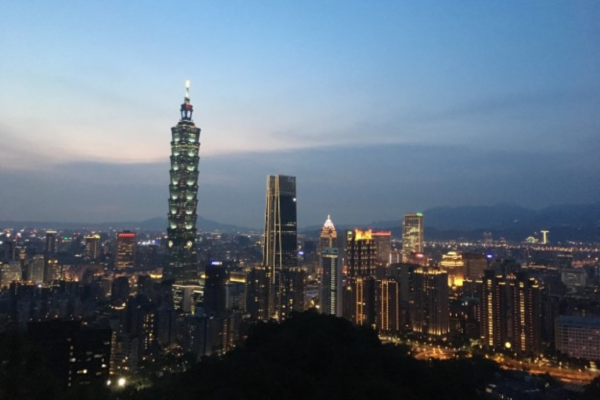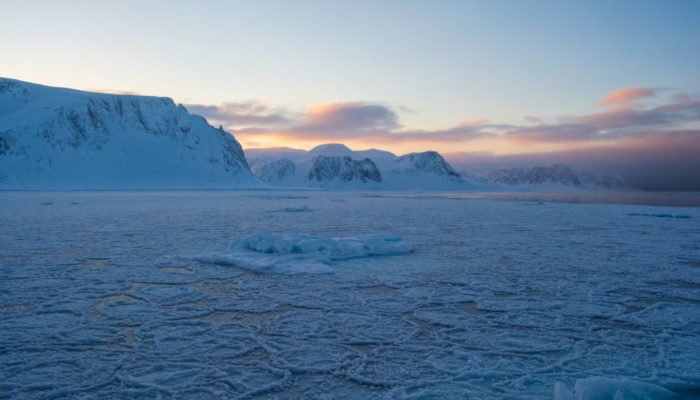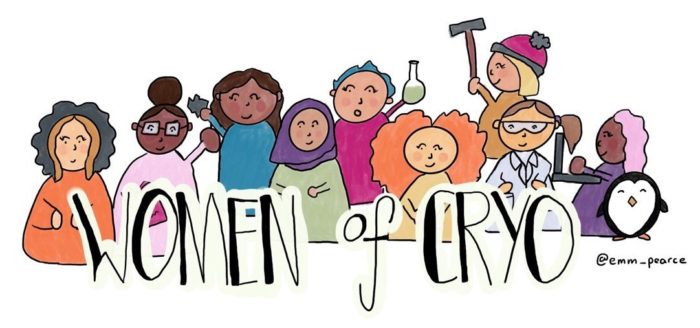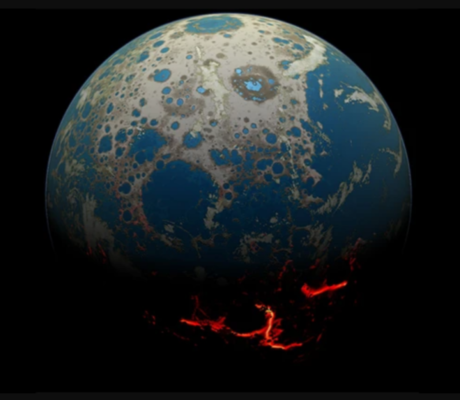Every division within the European Geosciences Union is led by a senior and junior representative, who oversee the happenings within their respective divisions. The senior representative of the Cryosphere Division is Carleen Tijm-Reijmer, who we’ve managed to track down here at EGU! We ask Carleen to explain her role within EGU and the CR Division. Please tell us a little bit about yourself! ...[Read More]
Meet Carleen Tijm-Reijmer, our fearless CR Division President!
